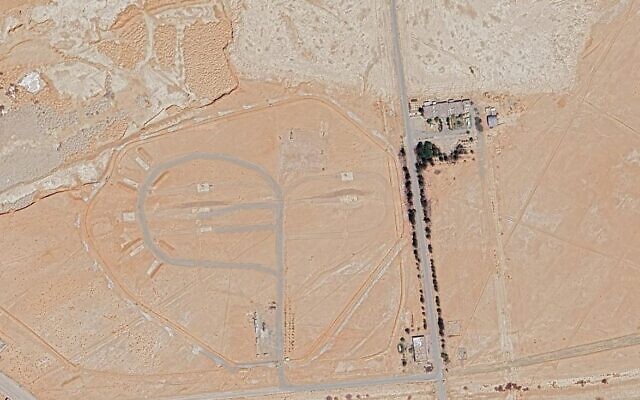- Views: 763
- Replies: 4

An Israeli strike severely damaged a critical Iranian air defense system near the Natanz nuclear facility in Isfahan last Friday, according to Western, Iranian, and independent analysis.
The attack, a presumed retaliation for Iran's large-scale missile and drone assault on Israel last week, appears to send a potent message about Israel's capacity to infiltrate and disable Iran's defenses.
Pinpoint Attack Targets S-300 Radar
Satellite imagery and expert analysis confirm that the target of the Israeli strike was the "flap-lid" target engagement radar associated with an S-300 mobile anti-aircraft system.The radar was left destroyed or heavily damaged, while other components of the air defense array appear unharmed. This surgical precision reveals Israel's intent to inflict a calculated blow without risking broader escalation.
Israel Demonstrates Technological Advantage
Two Western officials indicate that Israel used a technologically advanced missile designed to evade Iranian radar systems. This attack, along with possible drone use, demonstrates Israel's capabilities should a wider conflict erupt. Iran, however, insists the assault involved only small drones launched from within its own territory.Muted Responses Aim to Prevent Escalation
Both Israel and Iran have refrained from public confirmation of the strike or from issuing inflammatory statements. This strategic silence suggests an attempt on both sides to prevent tensions from spiraling into a regional war. Israel's pinpoint attack may have been intended to force Iran to reconsider future direct attacks without provoking a wider conflict.Background: Tit-for-Tat Attacks
The strike comes amidst rising tensions and a series of retaliatory attacks between Israel and Iran, heightening the risk of further escalation in the region.The Iranian government continues to downplay the significance of the strike, likely in an attempt to avoid a response that could inflame the situation.
